The idea of finding and preparation of the mammoth skeleton appeared many years ago. At first, we found an article of Ural archeologist concerning to the large accumulation of the mammoth bones on the Sochva river and some other rivers in Ural Mountains. After hard work in the National Scientific library we obtained a lot of information about Russian mammoth localities in Siberia (especially in Yamalo-Nenetsky region).
Then we organized several scientific expeditions for finding the localities. The first expedition of 3 persons traveled to the localities at the banks of the rivers Irtish, Tobol, Tura by train, buses and mainly – by feet, through almost impassable Siberian forests and bogs. We did not find anything in the main parts of the places described in the Soviet paleontologist literature. But we have discovered a lot of unknown localities of the bones of Pleistocene fauna. We found tons of bones, parts of sculls, tusks, teeth of mammoth, woolly rhinoceros, horses, bisons, deers etc.
Generally, the bones are located at the high precipice banks on the bend of the river. Wide terraces, composed by sands, clays, clay sands, loams, are recovered under precipice banks during low water level in autumn. A lot of bones have been found on these terraces. The water erodes the bone-bearing clay-send levels at the river banks during spring high-water, and then the bone sediments settle at the terraces.
Usually among the bones we find the parts of different mammoths, woolly rhinoceros, horses, deers, bisons skeletons. Findings of cave bear, lion or wolf bones are considerably rare. The bones are from the different animals, different sizes, and in some case characterized by the different age. We did not find any original complete skeleton – the number of original bones from one animal does not exceed 10% in the accumulation of bones. Nevertheless we select collection of the bones corresponded by size from the tons of excavated material, that allows us to make the skeleton. This composite skeleton is not interested for the paleontologists in mammoth specialization, but it could be useful for general paleontologists and very interesting as historical and aesthetic object.
For finding bones for 1 complete mammoth skeleton, we need to travel thousands kilometers every year. Generally, bones deposits are located in impassable Siberian regions with almost absent of the population. We can reach some localities using only an off-road military track. Visiting of the other localities is possible only by boat on the river. We used old military mine-sweeper which was very appropriate for our purposes: it provides enough carrying capacity, high speed and it is stable in case of river bank clashes.
We have found so many localities that we couldn’t visit all of them during one field-work season. So, we have recruited staff from the inhabitants. All of them are strongly interested in paleontology.
In finding the bones we travel hundreds of kilometers by boat on the river, or sometimes by feet on the bank, and analyze the banks – we are looking for the bones localities indications like the angel of river turning, height of the banks, color of the sand etc. (after more than 15 years of expeditions we know these indications very well). Every evening on the deck of the boat we accurately sort of the bones, pack the tusks and teeth with preserving its from drying (if tusks or teeth lose the water from the interstice, it’s caused for forming many cavities and they split into the fragments).
According to the Russian legislation after every expedition, we present the report and representative selection of the material to the Regional State Department of the Natural Recourses. They carry out the examination of the material and complete our license for the year. And then we send the bones for restoration to our laboratory in St. Petersburg.
The restoration of the bones for one skeleton takes several months. This process is very difficult from technological and creative point of view. At first, the bones are washed, then – saturated and covered by special varnishes for preventing of the destruction. After that, we select the complete collection of bones for the skeleton.
Then we restore the damaged parts of bones. We use the fragments of other bones in the restoration, in difficult cases we use a special plastic (using special technology we make copies from the samples of original bones from our collection). During the restoration, some most fragile bones are reinforced by steel rods. The reconstructed parts of the bones are painted in the color of original bone (we have professional artists in the stuff of our company) that why after restoration they are undistinguished from the other bones. The fastenings to the steel frame are hide mounted on each bone.
At the same time in our workshop using many modern special devices, the metal work craftsmen make a frame for the skeleton. We select a pose of the skeleton based on the poses of modern animals – elephants (for mammoths), rhinoceros (for woolly rhinoceros) etc. Our frames are characterized by best quality of welding and final painting. Using modern equipment and great experience of our masters, allows us to achieve a very precise adjustment of bones to the frame. As a result – the frame and the bones are easily mounted in short time like a kid’s meccano.
One more mammoth is restored again! All people can be involved in the age of our forefathers looking on the restored mammoth. You can imagine mammoth living long before the human being civilization.
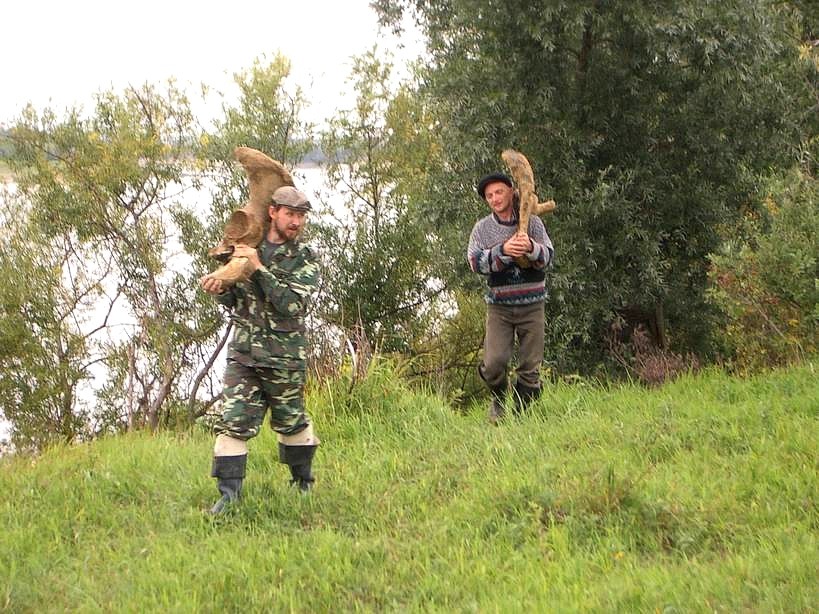
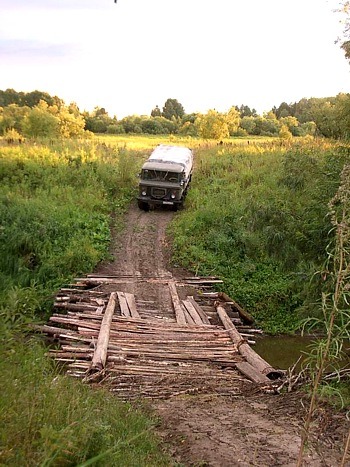
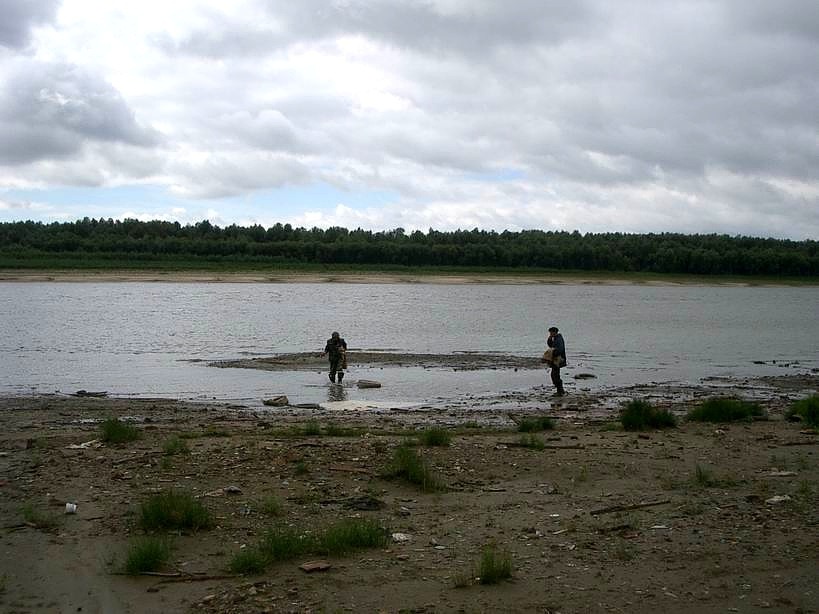

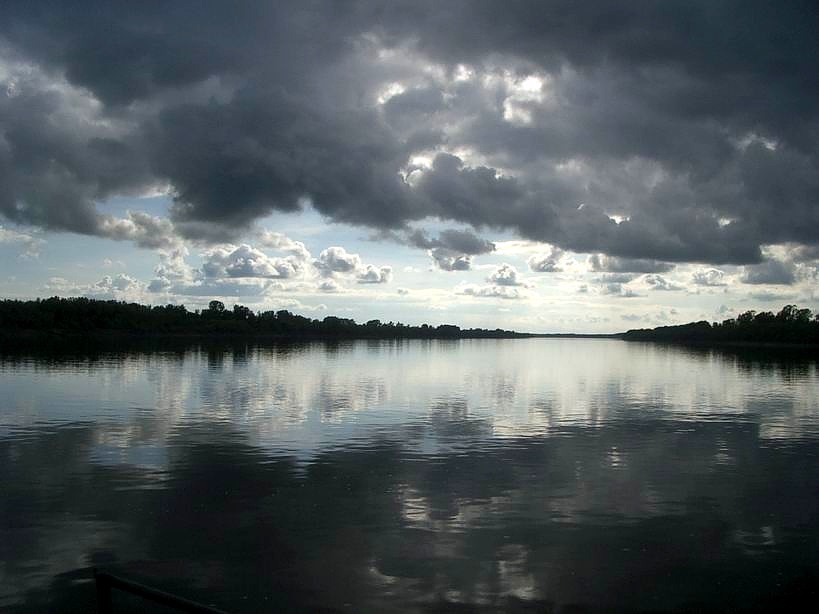
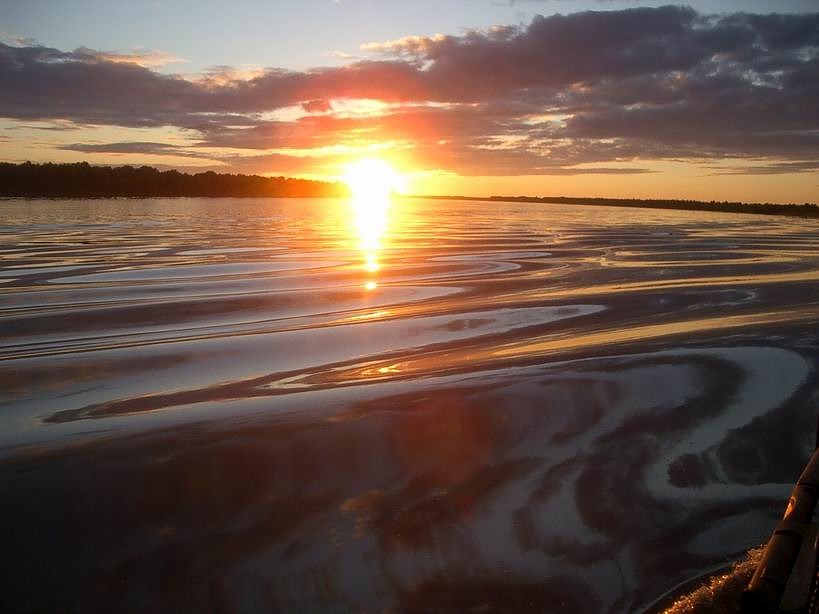
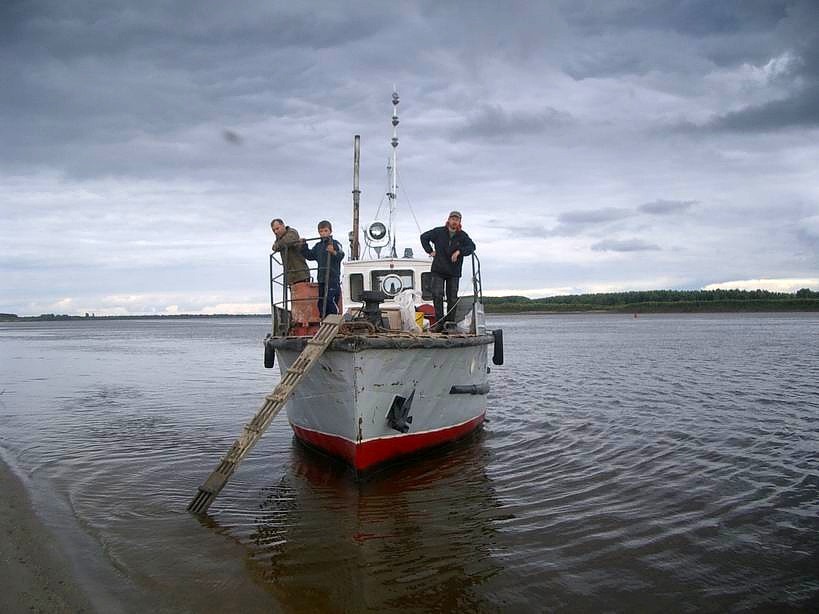
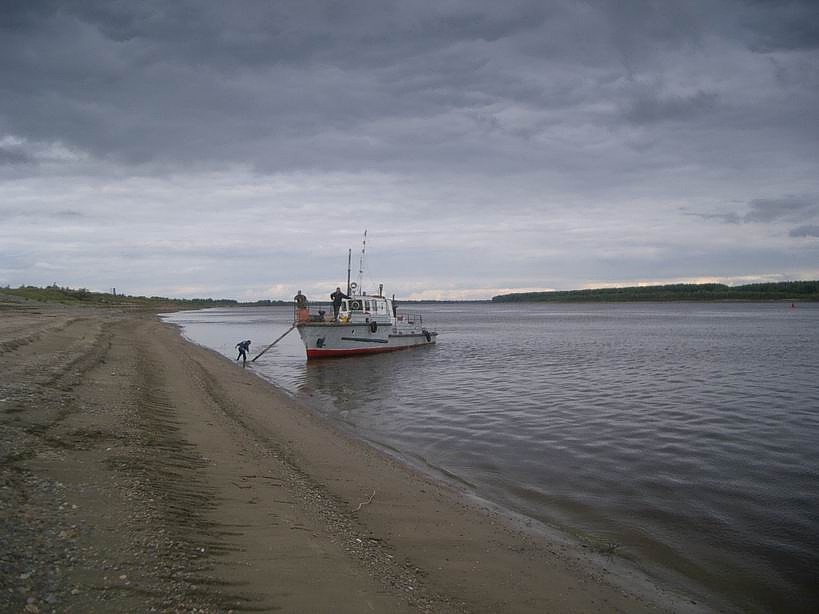
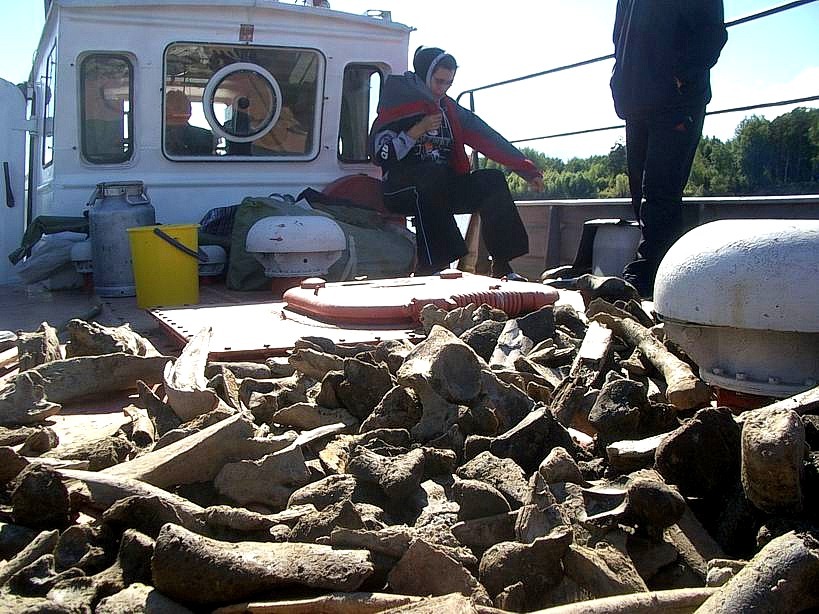
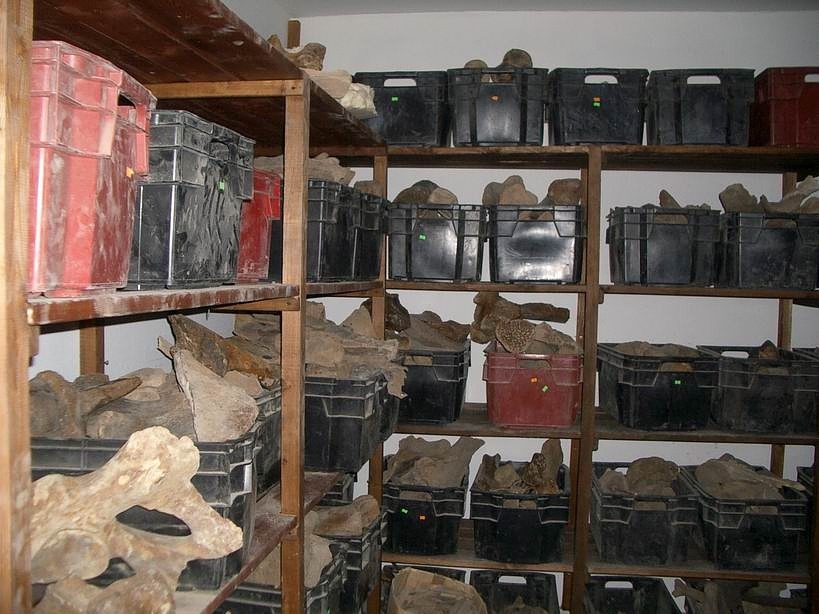
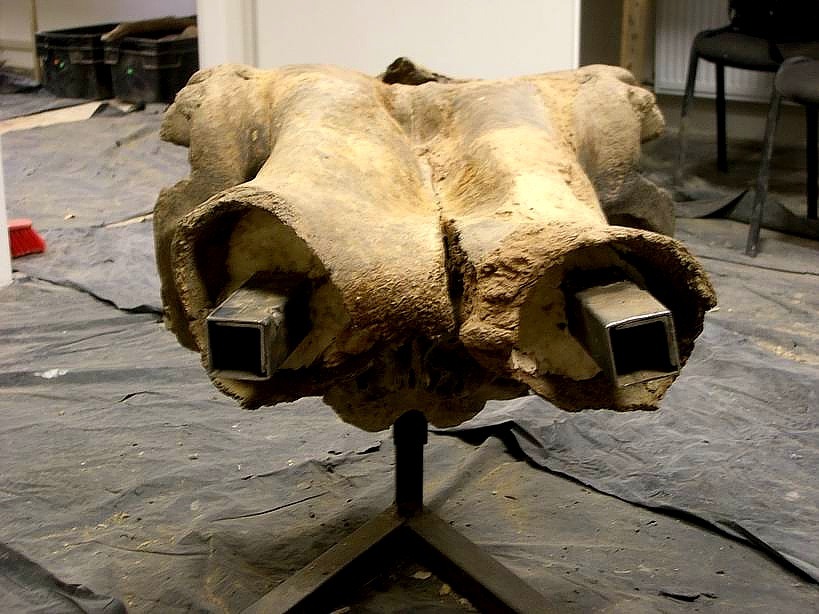
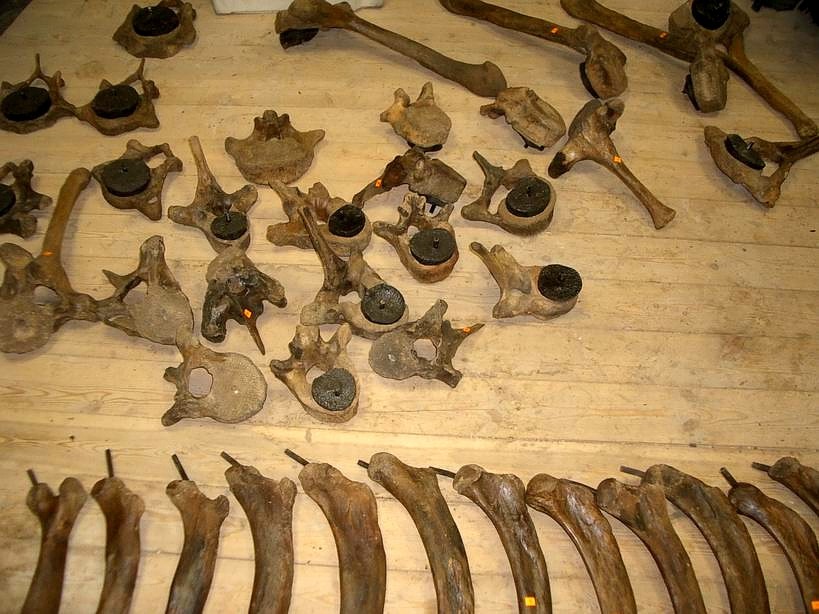
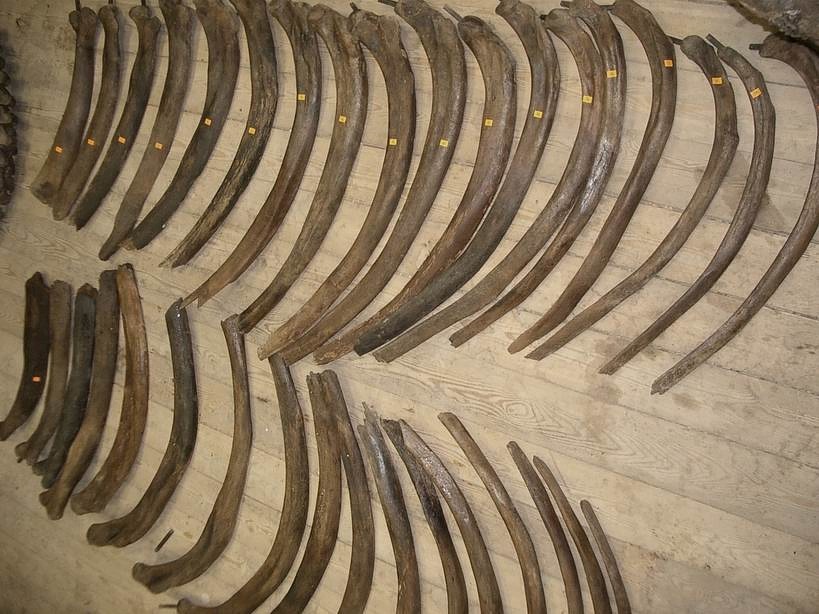
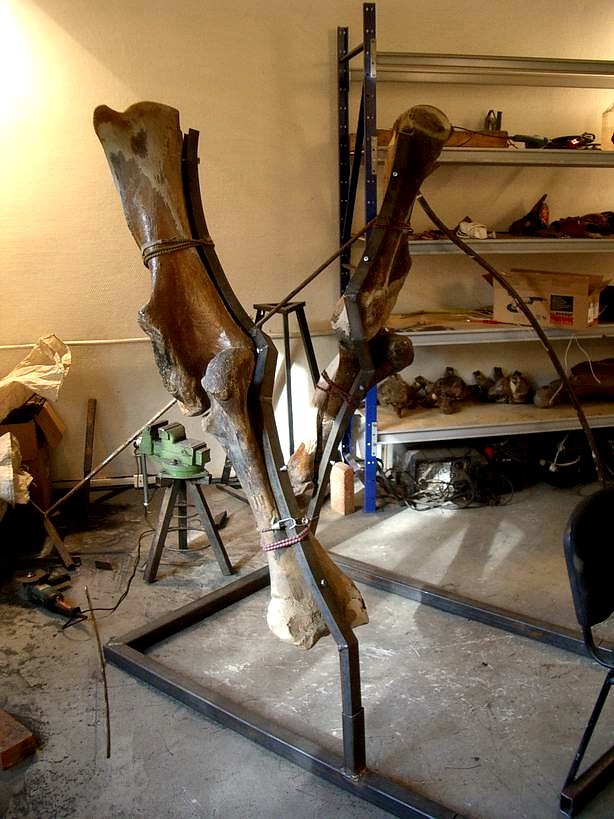
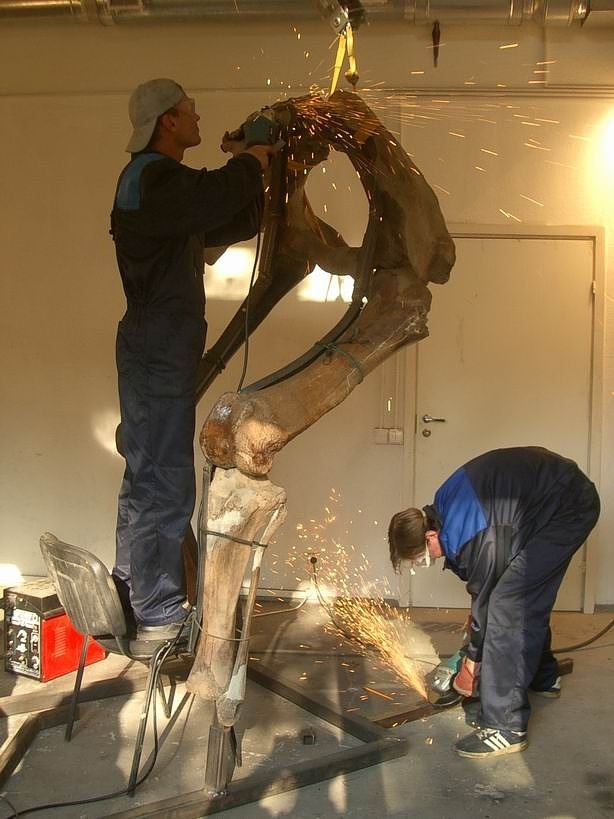
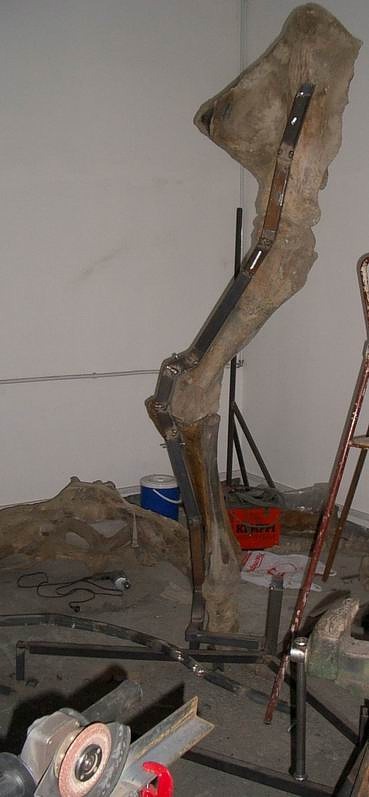
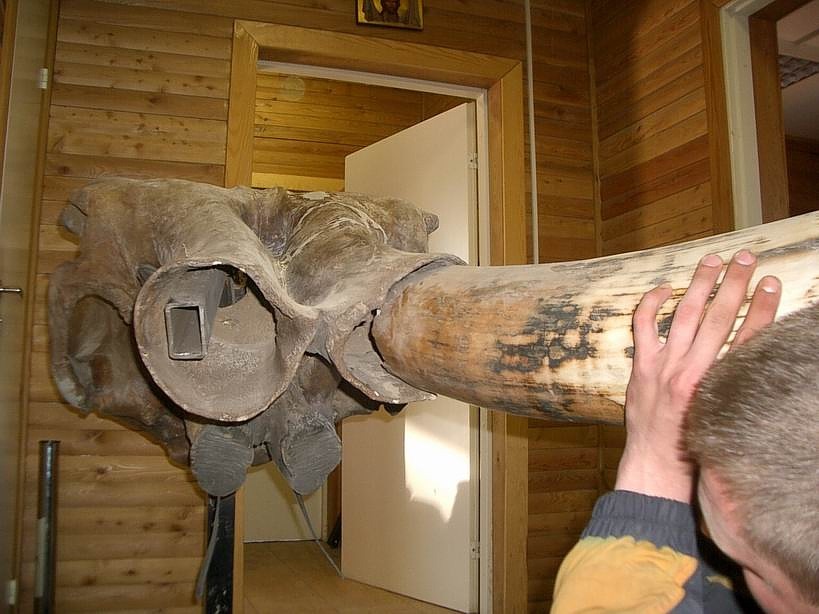
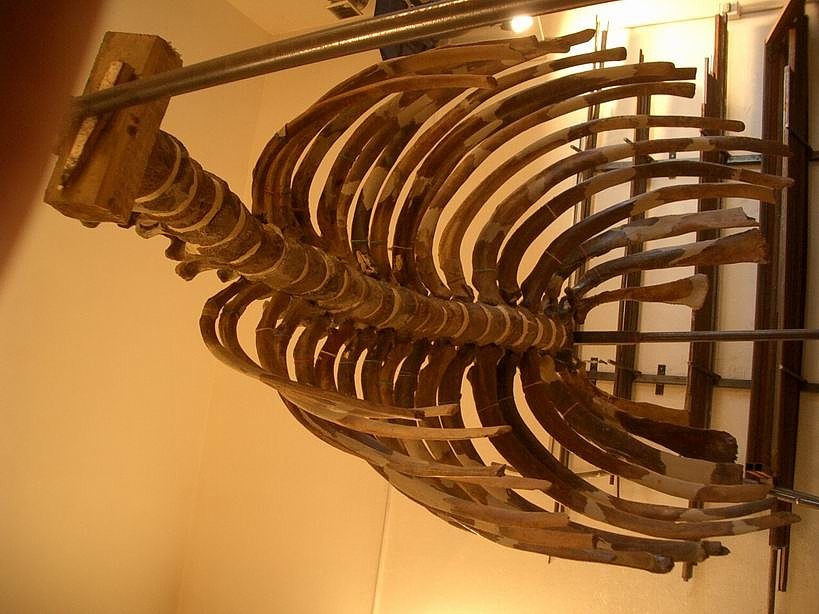
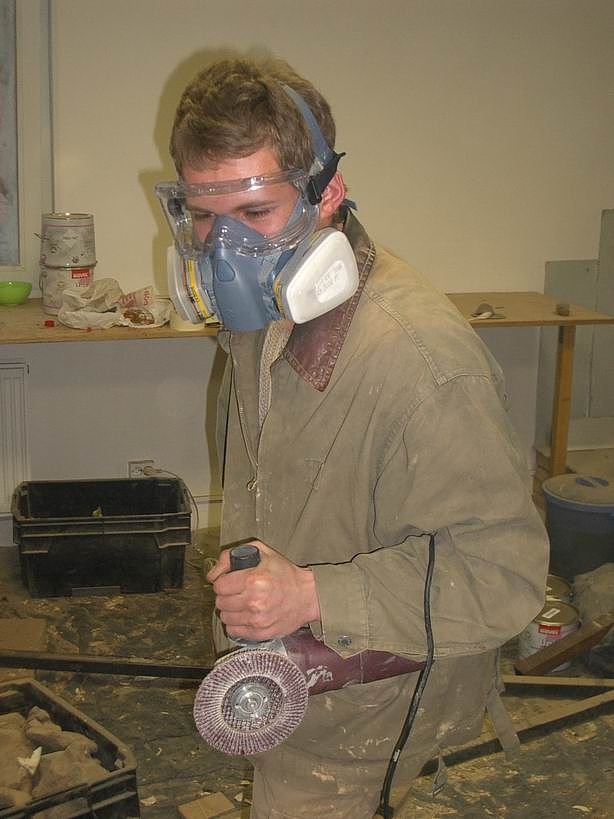
Leave A Comment?